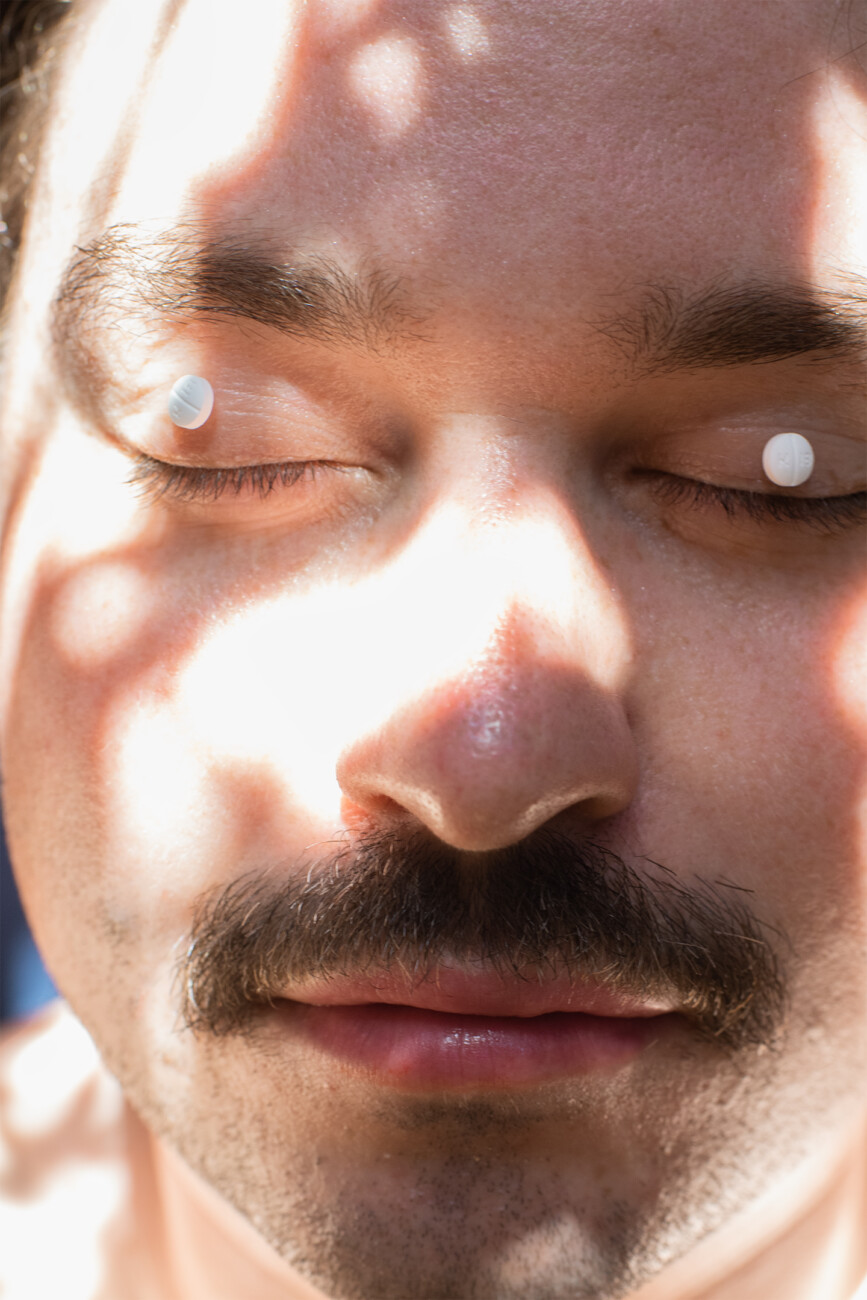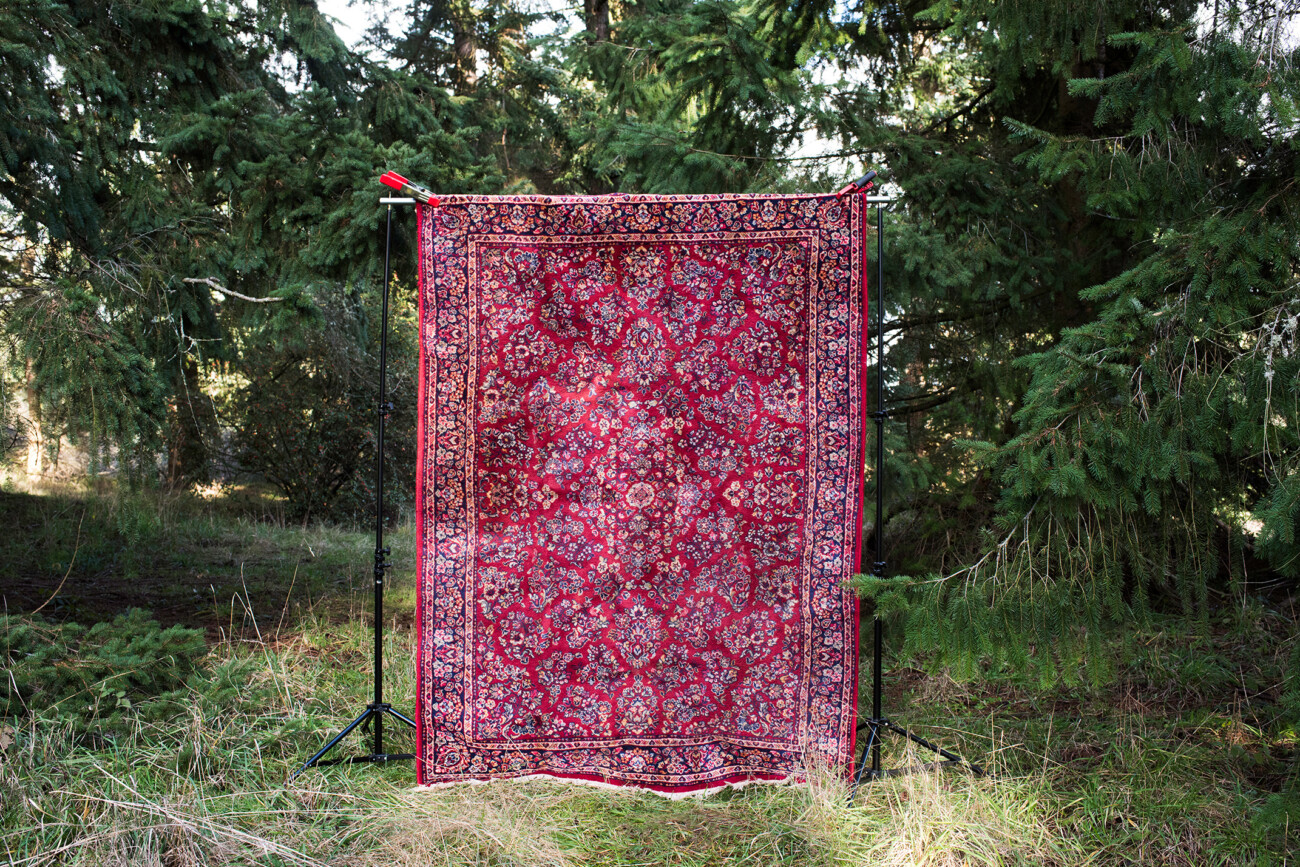Stephan Jahanshahi is an Iranian-American artist based in Los Angeles. A graduate of the School of Visual Arts Photo, Video and Related Media MFA program, his work explores how community, environment and narrative shape experience and identity.

Emerald Arguelles: Can you discuss your introduction to photography?
Stephan Jahanshahi: I found photography through a combination of opportunity and influence. I was given my first camera by my maternal grandfather, who had been an avid photo enthusiast from a more technical than artistic perspective. He gave me his old Minolta X-370 and a few prime lenses when I was 13. Around the same time I’d developed a voracious appetite for movies. I didn’t have access to filmmaking in Kansas City where I went to high school but I read in a biography that Stanley Kubrick had started by taking pictures so I figured that was as good a place as any to start and then never made the jump. Lastly, I had an art teacher who let me spend as much time in the darkroom as I wanted (even when I should have been in other classes sometimes) and she wouldn’t ask any questions so long as I was producing work the whole time. That teacher was a really fantastic influence in my life at a tumultuous time because she trusted my curiosity in photography and art to give me a sense of focus. I’m incredibly indebted to her for giving me that space to explore.
EA: Can you discuss how your upbringing/childhood influences your work?
SJ: I grew up with the privilege of being exposed to incredibly diverse experiences from a really early age. My father is a first generation immigrant from Iran, he and my mother taught me that you can’t look at anything from a single perspective or make assumptions when engaging with people from different cultures and backgrounds. On top of that my father’s career required us to move every two years, mostly around the eastern United States but also for a couple years in Greece and Belgium in the mid 90’s. Getting to move around so much confirmed in me that people have more in common than we might realize and while all the places I got to live had beautiful unique qualities about them, there was also a universality to people that I think opened me up to find commonality across incredibly varied perspectives.

EA: Can you discuss this image and the story behind it?
SJ: Domestic Interior is a love story of sorts that evolved over four years. In 2018 I suffered a debilitating spine injury while working on a job site. My injury caused significant damage in both my sciatic nerves, so I was immobile and in incredible pain. I was married at the time and couldn’t sleep in our bed because the pain kept me up, so I would spend the nights awake on the couch. In an effort to stay close with my wife, I started writing love letters and poems and leaving them for her to find in the morning when she would get ready for work. I thought there was something engaging about those notes in the domestic space, so I started photographing them.
I originally thought this project was going to be the story of how my marriage helped me overcome a health crisis, but we separated shortly after I received my surgery and the narrative changed.

EA: What was your process in creating Nation of Desire?
SJ: I feel like my process is this snowball of art making that picks up new ways of working from all my previous projects. When I moved to Los Angeles in June of 2022 I knew I wanted to use my art practice to bring me closer to the Iranian diaspora because I hadn’t grown up inside a Persian community. I started reaching out to Iranians over Instagram and asked if they would meet me for a brief conversation and a portrait session. I quickly discovered that we had so much to talk about that our conversations would take 3-5 hours and the actual portrait taking was incredible fast because we had already built so much trust from sharing our experiences with each other.
Iranians and Southwest Asian/North African people have experienced so much animosity in the west I think we’ve collectively become weary of revealing ourselves. I think one result of the current political moment in Iran is that we have reached an understanding that we must be seen and heard for who we are in order to advocate for the changes we want. The conversations I have had with my sitters have been incredibly charged with hope, anxiety, passion, and an intense optimism that a better future is possible.
While I knew I wanted the project to center on portraits of other Iranians in America, I also knew including poetry and other forms of writing could be more expansive than didactic when employed properly. Hearing the xenophobic vitriol of the travel ban in 2017 was also a reminder that for many Americans Iranians and Iranian culture exist in a distant “over there” and it felt important to me to include recognizably American landscapes behind representations of SWANA culture and people. I knew to tell this story the right way I needed to combine all these elements.

EA: While exploring the Iranian diaspora in the United States, what have you learned about yourself?
SJ: It’s been incredible to meet so many Iranians and share how we’ve learned to carry our culture in the US. For me the most beautiful experience has been the acceptance I’ve received from my Iranian peers. As a mixed person I often live in a state of anxiety that I will be “othered” by either side of my identity and it was a pretty big relief to have that fear assuaged.
Growing up I experienced a lot of erasure from people, dismissing my heritage or calling me “essentially white” because I didn’t fit their preconceived expectations about what SWANA people look or sound like. I’m not arguing that I haven’t experienced an immense amount of privilege or that my lived experience isn’t influenced by colorism in a way that has some immediate benefits, but the flip side of that privilege is the distance it creates from my family and heritage. There was a part of me that was really afraid I wouldn’t be acknowledged as a member of the community and I’m so happy to have discovered that that couldn’t be further from the truth. This project and the conversations it has fostered have confirmed there is a place for me in the Iranian diaspora, I couldn’t ask for a better homecoming.

EA: In a prior conversation we had discussed the story behind this image, can you talk about that (screenshot attached – Nation of Desire)
This portrait is of an incredible community leader and artist named Hushidar. I found Hushi through his work amplifying and organizing actions of solidarity for Iranians here in Los Angeles, Hushi was one of the first people who agreed to be photographed and the title of the work comes from our conversation. Hushi explained that being a part of a diaspora means being bound by desires: that he felt alienated in the United States because of xenophobia and would long to be in Iran where he wouldn’t feel othered, but when he would travel to Iran the conservative nature of the country’s politics jeopardized his safety and his desires for freedom were not satiated. To be in a diaspora was therefore to long for an idealized and liminal space between two worlds.

EA: What do you want readers to take away from your work?
SJ: I’d like audiences to feel invited into the spaces I create in my work. Domestic Interior was a reaction to the loneliness my loss of health and loss of marriage created. I made that work because the experiences it was responding to were incredibly isolating, but unfortunately those experiences are also incredibly common. I needed to create a language for how that situation felt, and having done that I hope that someone else who is in a similar circumstance or has similar feelings will see it and feel less alone.
Nation of Desire is also a body of work I want people to connect to with empathy. The history between Iran and the west, in particular the United States, has been incredibly fraught for multiple generations. I’m not making this work with some utopian political agenda to create a monolith of unity, but to highlight the beautiful plurality of Iranians in America, and that we contribute positively to the larger plurality of this place.

EA: The image of your father represents so much strength and resilience, how has he influenced this body of work?
SJ: My father has been an incredible role model for me my entire life. For a long time I didn’t realize it, but he always modeled a strength that centered itself in a quiet confidence and reserve that undermined the ideology that loudness or bravado or violence were the only things synonymous with strength and masculinity. There are references, some of them latent, to Iranian cooking in the works because for my father that was the primary avenue he chose to share our culture through. When we made that portrait he showed me how to project comfort into the space between subject and photographer with a confidence that makes the sitter comfortable, and once they’re comfortable they start to open up and bloom. I learned how to sit with that patience from my Dad.
